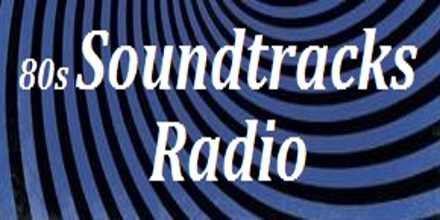Music is an expansive and ever-evolving art form that transcends cultural, geographical, and temporal boundaries. It encompasses a vast array of styles, each with its unique characteristics, instruments, and emotional resonances. At its core, music is the organization of sounds and silences in a manner that creates rhythm, melody, harmony, and timbre. These elements combine to evoke emotions, tell stories, and convey messages that can be both universal and deeply personal.
The history of music is as old as human civilization itself, with roots tracing back to ancient rituals, ceremonies, and communal gatherings. Early forms of music were often tied to religious or spiritual practices, using simple instruments like drums, flutes, and vocals to create rhythms and melodies that connected people to the divine. As societies evolved, so did their musical expressions, leading to the development of complex compositions and performance techniques.
In Western classical music, for example, the evolution can be traced through distinct periods such as Baroque, Classical, Romantic, and Modern. Each period brought innovations in compositional style, instrumentation, and performance practice. Baroque composers like Johann Sebastian Bach and George Frideric Handel emphasized intricate counterpoint and ornamentation, while Classical-era figures like Wolfgang Amadeus Mozart and Ludwig van Beethoven focused on clarity, balance, and emotional expression.
The Romantic period saw a shift towards individualism and emotional depth, with composers like Franz Schubert, Hector Berlioz, and Pyotr Ilyich Tchaikovsky exploring themes of love, nature, and the human condition. The 20th century introduced modernism, which broke away from traditional tonal structures and embraced experimentation, leading to the birth of atonal music, serialism, and minimalism.
Beyond classical traditions, folk music has always been a vital part of cultural heritage, reflecting the everyday experiences and traditions of communities around the world. From the Celtic ballads of Ireland to the blues of the American South, folk music preserves stories, customs, and historical events through song. It often features acoustic instruments like guitars, banjos, fiddles, and harmonicas, accompanied by vocals that convey authenticity and emotional depth.
Pop music, short for popular music, emerged in the mid-20th century as a commercial genre aimed at a broad audience. It incorporates elements from various musical styles, including rock, R&B, hip-hop, and electronic dance music (EDM). Pop songs typically have catchy melodies, simple chord progressions, and repetitive structures designed to appeal to a wide range of listeners. Artists like Michael Jackson, Madonna, and Beyoncé have become global icons, influencing fashion, culture, and societal norms through their music.
Rock music, born in the 1950s, is characterized by its use of electric guitars, drums, and bass, along with powerful vocals. It encompasses a diverse range of sub-genres, from the raw energy of punk rock to the polished production of arena rock. Legends like Elvis Presley, The Beatles, and The Rolling Stones pioneered the genre, while later artists like Nirvana, Guns N' Roses, and Queen expanded its boundaries.
Jazz, originating in African American communities in New Orleans around the late 19th century, is known for its improvisational nature, complex harmonies, and swing rhythms. It has evolved through various styles, including Dixieland, bebop, cool jazz, and fusion. Iconic figures like Louis Armstrong, Miles Davis, and John Coltrane have left indelible marks on the genre, pushing the limits of musical expression and innovation.
Electronic music, which gained prominence in the late 20th century, utilizes synthesizers, drum machines, and digital audio workstations to create sounds that range from ambient textures to high-energy dance tracks. Sub-genres like techno, house, trance, and dubstep have emerged, each with its unique sonic characteristics and cultural contexts. Pioneers like Kraftwerk, Daft Punk, and The Chemical Brothers have shaped the landscape of electronic music, influencing both mainstream pop and underground scenes.
World music encompasses a wide array of traditional and contemporary styles from different regions around the globe. It includes genres like Afrobeat, reggae, bossa nova, flamenco, and Bollywood music, each reflecting the unique cultural heritage and musical traditions of their respective countries. Artists like Fela Kuti, Bob Marley, Caetano Veloso, and A.R. Rahman have brought global attention to these diverse musical expressions.
Hip-hop, born in the Bronx in the 1970s, combines rapping (rhymed speech), DJing, graffiti art, and breakdancing. It emerged from African American and Latino communities as a form of social commentary and cultural expression. Hip-hop has since evolved into a global phenomenon, with sub-genres like trap, conscious rap, and drill gaining popularity. Artists like Tupac Shakur, Jay-Z, and Kendrick Lamar have become influential voices in modern music and culture.
 1.9k
Nigeria, Lagos Music 128 kbps MP3
1.9k
Nigeria, Lagos Music 128 kbps MP3






 2
2


































